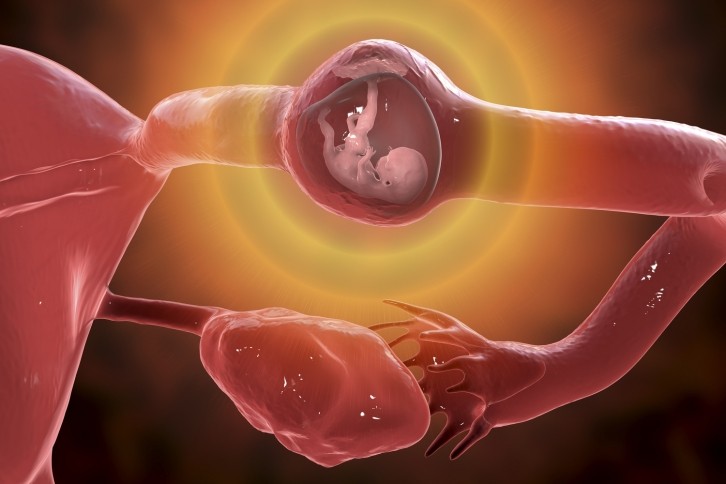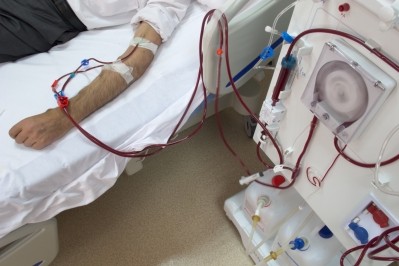Nanotech delivery boosts efficacy of common ectopic pregnancy drug

Ectopic pregnancy occurs when a fertilized egg grows outside of the uterus, often in the fallopian tube. The condition can cause the tube to burst, which can lead to life-threatening bleeding.
Methotrexate is one treatment option for women who find themselves with an ectopic pregnancy. However, this has a more than 10% chance of failure, as it does not always accumulate at the implantation site.
Even when the treatment does work, the drug is a chemotherapy agent that has a number of negative side-effects, such as nausea, kidney damage, and diarrhea. The opportunity to administer the same treatment at lower doses and with a more targeted delivery holds the potential for various benefits.
The team at Oregon State University College of Pharmacy used a mouse model to deliver methotrexate using a special type of nanoparticle, polymersomes, to determine whether this could be effective at targeting only embryonic cells.
Polymersomes are hollow spheres that are synthetic versions of liposomes, which are lipid-based sacs found in all living cells.
The methotrexate was delivered with a polymersome that had been developed to respond to the high concentrations of a substance known as glutathione in placental cells. In this way, the nanoparticle prevented the release of the drug until it was at the target site.
“A dose of MTX (methotrexate) delivered by polymersomes induced the end of pregnancy in mice, whereas the same dose of MTX by itself didn’t,” Olena Taratula of the OSU College of Pharmacy said. “To achieve the same therapeutic efficacy with MTX alone, we had to increase the dosage six-fold. Also very promising is that, after having pregnancies ended by MTX-loaded polymersomes, mice successfully conceived and gave birth to healthy offspring.”
This is not the first time that Taratula has conducted research into the area. Previously, Taratula also developed a light-sensitive nanoparticle for the same purpose, and is working with a $3m (€2.7m) grant from the US National Institutes of Health to develop a magnetic nanoparticle platform.
Both of these approaches involve delivering nanoparticles to accumulate in the placenta, which can allow for accurate diagnosis by imaging to determine whether the pregnancy is healthy or ectopic. If the pregnancy were found to be ectopic, the same nanoparticles could be used to end the pregnancy.
On the latter development, Taratula noted there is greater potential because of the ability for the magnetic field to penetrate deep into the tissue, more than is possible by light.











